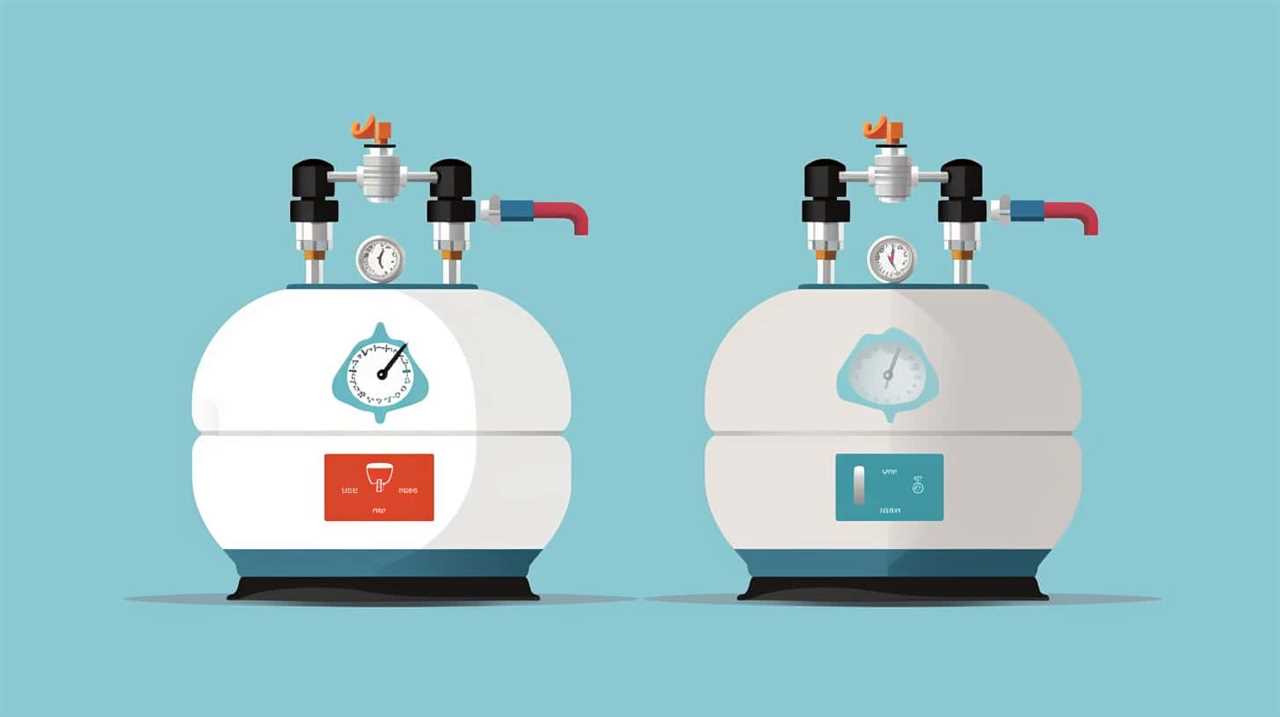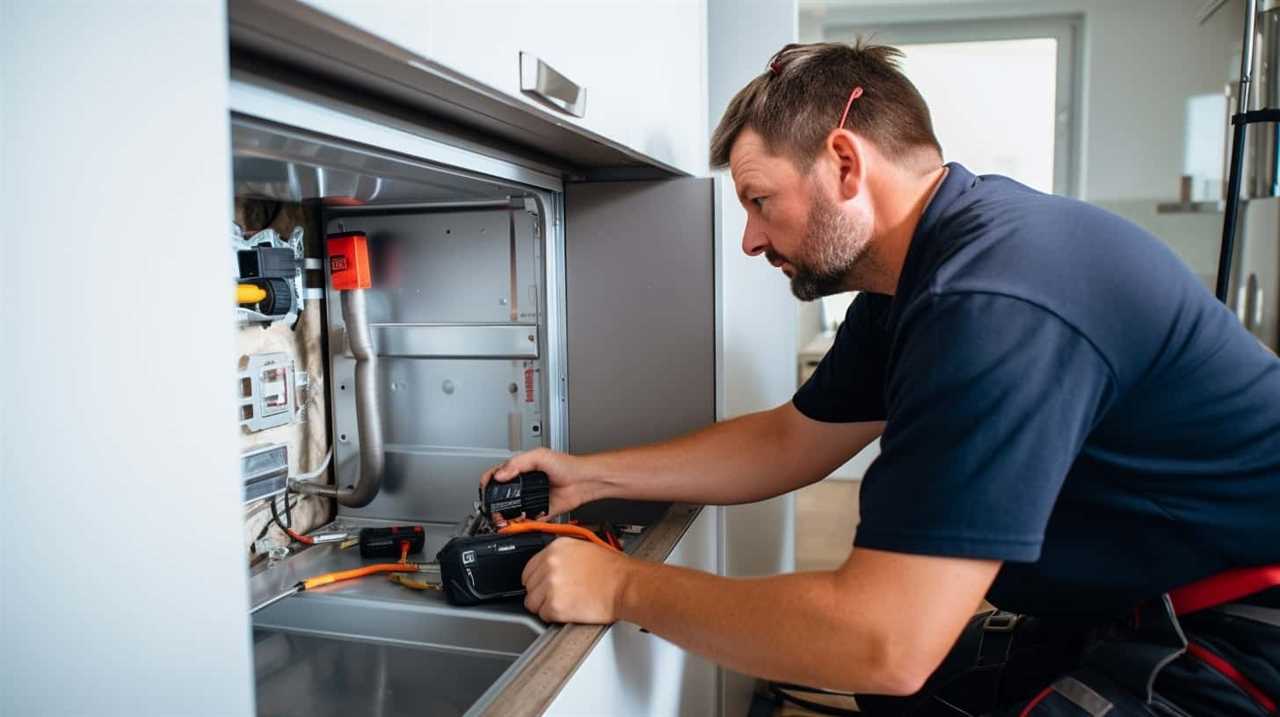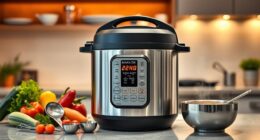We all depend on different appliances in our everyday routines, but have you ever thought about which ones need 240 volts of electricity?
Electric stoves, clothes dryers, water heaters, air conditioners, electric vehicle chargers, welding equipment, commercial kitchen appliances, and industrial machinery are just a few examples.
In this article, we will explore the world of appliances that demand this higher voltage, providing you with the knowledge you need to master your electrical needs.
So let’s dive in and discover the power behind these essential devices.

Key Takeaways
- Household appliances such as electric stoves, clothes dryers, and water heaters require 240 volts for efficient operation.
- Cooling systems like air conditioners and other high-voltage devices also require 240 volts for effective operation and draw a significant amount of electricity from the power grid.
- Electric vehicle charging infrastructure includes Level 1, Level 2, and DC Fast chargers, each with different charging speeds and requirements.
- Welding equipment and commercial/industrial appliances, such as commercial ovens and industrial machinery, operate on 240 volts for optimal performance and increased power consumption. Safety precautions and regular maintenance are essential in these settings.
Electric Stoves
Electric stoves require 240 volts of electricity to operate efficiently and cook food effectively. This high voltage allows the stovetop elements to generate the necessary heat to cook meals quickly.
One significant advantage of electric stoves is their energy consumption. They convert almost 100% of the electrical energy into heat, making them highly efficient compared to gas stoves.
Additionally, electric stoves often come with various safety features. For instance, most models have built-in sensors that detect when the stove is left unattended or if a pot boils over, automatically shutting off the heat source to prevent accidents.
Furthermore, electric stoves typically have smooth, flat surfaces, eliminating the risk of gas leaks or open flames, further enhancing their safety profile.

Clothes Dryers
Clothes dryers are another common household appliance that typically requires 240 volts. This higher voltage allows for faster drying times and more efficient performance.
When considering a clothes dryer, it’s important to take into account the power consumption, as higher wattage models may require a dedicated circuit to handle the load.
Common Voltage Requirement
Our household dryers commonly require a voltage of 240 volts. To ensure proper operation, it’s essential to have the correct power outlet requirements for these appliances. Here are three important points to consider when dealing with the voltage requirements of clothes dryers:
- Power outlet requirements: Clothes dryers typically require a dedicated 240-volt outlet. It’s crucial to have the appropriate outlet installed to accommodate the dryer’s voltage needs.
- Voltage converters: If you have a clothes dryer that operates on a different voltage, such as 120 volts, you may need to use a voltage converter. This device will convert the lower voltage to the required 240 volts for the dryer to function correctly.
- Professional installation: Due to the high voltage requirements and potential safety risks, it’s recommended to hire a qualified electrician for the installation of the dedicated outlet or voltage converter.
Understanding the voltage requirements of clothes dryers and ensuring proper installation will help avoid potential issues and ensure optimal performance.

Now, let’s move on to the next section, where we’ll discuss power consumption considerations.
Power Consumption Considerations
Now let’s delve into the power consumption considerations for clothes dryers, taking into account their specific voltage requirements. Clothes dryers typically operate on 240 volts, which allows them to generate sufficient heat to dry large loads of laundry quickly. However, this higher voltage also means that clothes dryers consume a significant amount of power.
To help you manage your energy usage and reduce your electricity bills, here are some energy-saving tips for using clothes dryers:
- Load size: Only run the dryer when you have a full load of laundry. Running multiple smaller loads wastes energy and increases your power consumption.
- Sensor drying: Use the sensor drying feature if your dryer has one. This feature automatically detects when your clothes are dry and stops the cycle, preventing over-drying and unnecessary energy usage.
- Power usage monitoring: Consider using a power usage monitoring device to track your dryer’s energy consumption. This can help you identify any inefficiencies and make adjustments to reduce your energy usage.
Water Heaters
Installing water heaters requires professional expertise and precise electrical connections. When it comes to water heaters, there are a few important considerations to keep in mind.

- Common voltage requirement: Water heaters typically operate on 240 volts, which is higher than the standard residential voltage of 120 volts. This higher voltage allows the water heater to heat water more efficiently and quickly.
- Power consumption considerations: Water heaters consume a significant amount of power, especially when heating large amounts of water. It’s crucial to consider the power consumption of the water heater and ensure that the electrical system can handle the load. Additionally, selecting an energy-efficient water heater can help reduce overall power consumption and utility costs.
- Proper installation: Due to the high voltage and power consumption, it’s essential to have a professional electrician install the water heater. They’ll ensure that the electrical connections are made correctly and safely, minimizing the risk of electrical hazards.
Air Conditioners
Air conditioners are another common appliance that uses 240 volts. These high-voltage devices require this level of power to efficiently cool homes and buildings.
However, it’s important to consider the energy efficiency of air conditioners to minimize electricity consumption and reduce costs.
Other High-Voltage Devices
Other high-voltage devices commonly found in households include air conditioners. These appliances require 240 volts to operate effectively. When connected to the power grid, air conditioners draw a considerable amount of electricity to cool and regulate the temperature of a room or building. Safety regulations are in place to ensure that air conditioning systems are properly installed and maintained to prevent electrical hazards and potential system failures.
Here are three important aspects related to air conditioners and their high-voltage requirements:

- Efficient cooling: Air conditioners utilize high voltage to power the compressor, which pumps refrigerant through the system to cool the air.
- Energy consumption: Due to their high voltage demands, air conditioners can be energy-intensive appliances, impacting the overall electricity consumption of a household.
- Maintenance and inspections: Regular maintenance and inspections are crucial to ensure the safe and efficient operation of air conditioning systems, as well as compliance with safety regulations.
Energy Efficiency Considerations?
When it comes to energy efficiency considerations for air conditioners, our household’s electricity consumption can be significantly impacted by these high-voltage appliances. Air conditioners have a substantial energy demand due to their continuous operation during hot weather. Therefore, it’s crucial to prioritize energy savings and minimize their environmental impact.
One way to achieve this is by choosing air conditioners with high energy efficiency ratings. Look for units with the Energy Star label, as they’re designed to consume less electricity while providing the same level of cooling comfort.
Additionally, proper installation and regular maintenance can ensure optimal performance and efficiency. By investing in energy-efficient air conditioners and implementing best practices, we can reduce our electricity usage, lower our utility bills, and minimize our environmental footprint.
Electric Vehicle Chargers
We use electric vehicle chargers to charge our cars at home. When it comes to electric vehicle charging infrastructure, there are several types of electric vehicle chargers that can be installed. These include:

- Level 1 Chargers: These chargers provide the slowest charging speed, typically using a standard household outlet. They’re convenient for overnight charging but aren’t ideal for quick top-ups during the day.
- Level 2 Chargers: These chargers require a dedicated circuit and can provide faster charging speeds compared to Level 1 chargers. They’re commonly installed in homes and commercial buildings.
- DC Fast Chargers: These chargers offer the fastest charging speeds and are typically found in public charging stations. They’re capable of charging an electric vehicle to 80% in a relatively short amount of time.
Understanding the different types of electric vehicle chargers allows us to make informed decisions when setting up our home charging infrastructure.
Welding Equipment
To continue our discussion on appliances that use 240 volts, let’s explore the use of welding equipment.
Welding machines are essential tools in various industries, enabling the joining of metal components through the application of heat and pressure. These machines typically operate on 240 volts, delivering the power required for efficient and effective welding.
When it comes to energy efficiency, modern welding equipment is designed to optimize power consumption while maintaining high performance. Manufacturers incorporate advanced technologies such as inverter-based power sources and pulse welding techniques, resulting in reduced energy consumption and increased productivity.

However, it’s crucial to observe safety precautions when using welding equipment. Welders must wear protective gear, including helmets with auto-darkening lenses, gloves, and flame-resistant clothing, to shield themselves from sparks, heat, and harmful radiation. Adequate ventilation and proper grounding should also be ensured to prevent electric shocks and fire hazards.
Commercial Kitchen Appliances
What types of commercial kitchen appliances utilize 240 volts?
Commercial kitchen appliances often require a significant amount of power to operate efficiently. To meet their power requirements, several appliances in a commercial kitchen utilize 240 volts.
These appliances include:
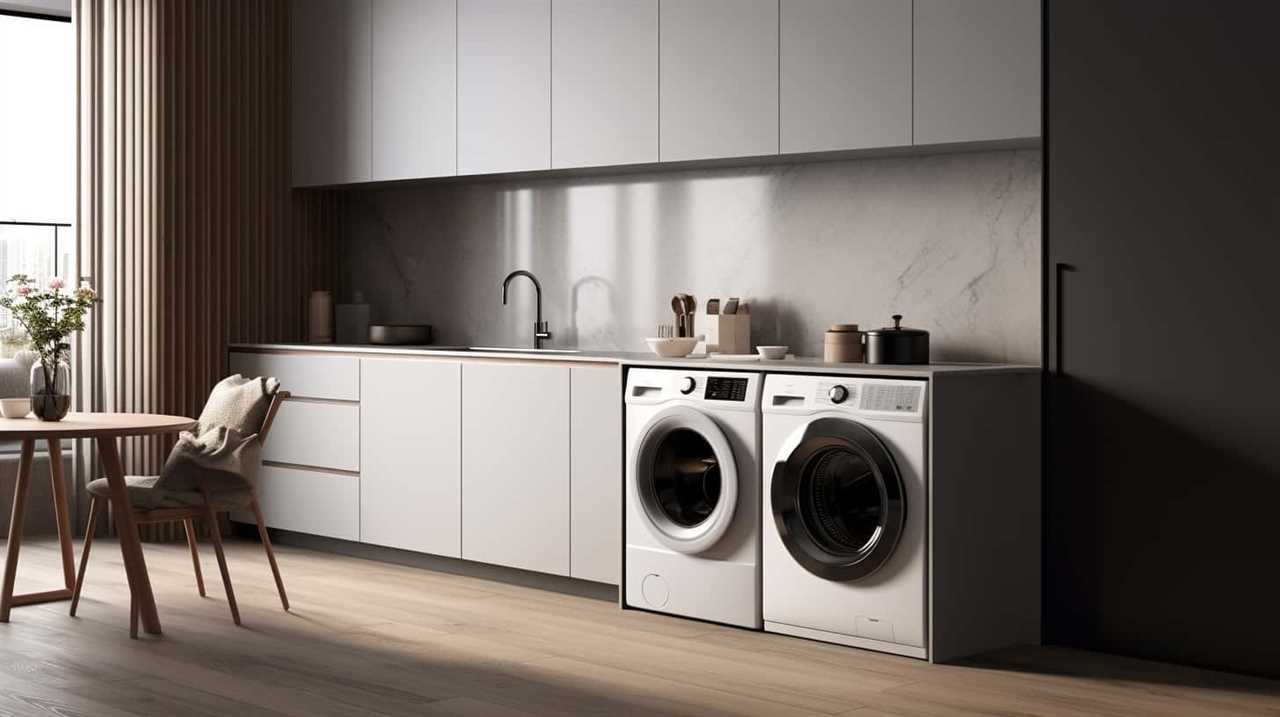
- Commercial ovens: Commercial ovens are essential for baking and cooking large quantities of food. They often require 240 volts to generate the high temperatures necessary for commercial cooking.
- Deep fryers: Deep fryers are used to fry food quickly and evenly. They also require 240 volts to provide the necessary heat for frying.
- Commercial dishwashers: Commercial dishwashers are designed to handle the heavy workload of a busy commercial kitchen. They often require 240 volts to ensure efficient cleaning and sanitization.
When using these appliances, it’s crucial to adhere to safety regulations to prevent accidents and ensure the well-being of staff and customers.
Industrial Machinery
Several industrial machinery units operate on 240 volts for optimal performance and efficiency. These machines are designed to handle heavy-duty tasks in manufacturing plants, construction sites, and other industrial settings. The use of 240 volts allows for increased power and energy consumption, enabling these machines to operate at their full potential.
However, it’s important to note that working with high voltage equipment requires strict adherence to safety precautions. This includes wearing appropriate personal protective equipment, such as insulated gloves and safety glasses, and following proper lockout/tagout procedures to prevent accidental energization or startup.
Regular maintenance and inspections are also essential to ensure the safe operation of industrial machinery. By following these guidelines, operators can maximize productivity while minimizing the risk of accidents and injuries.
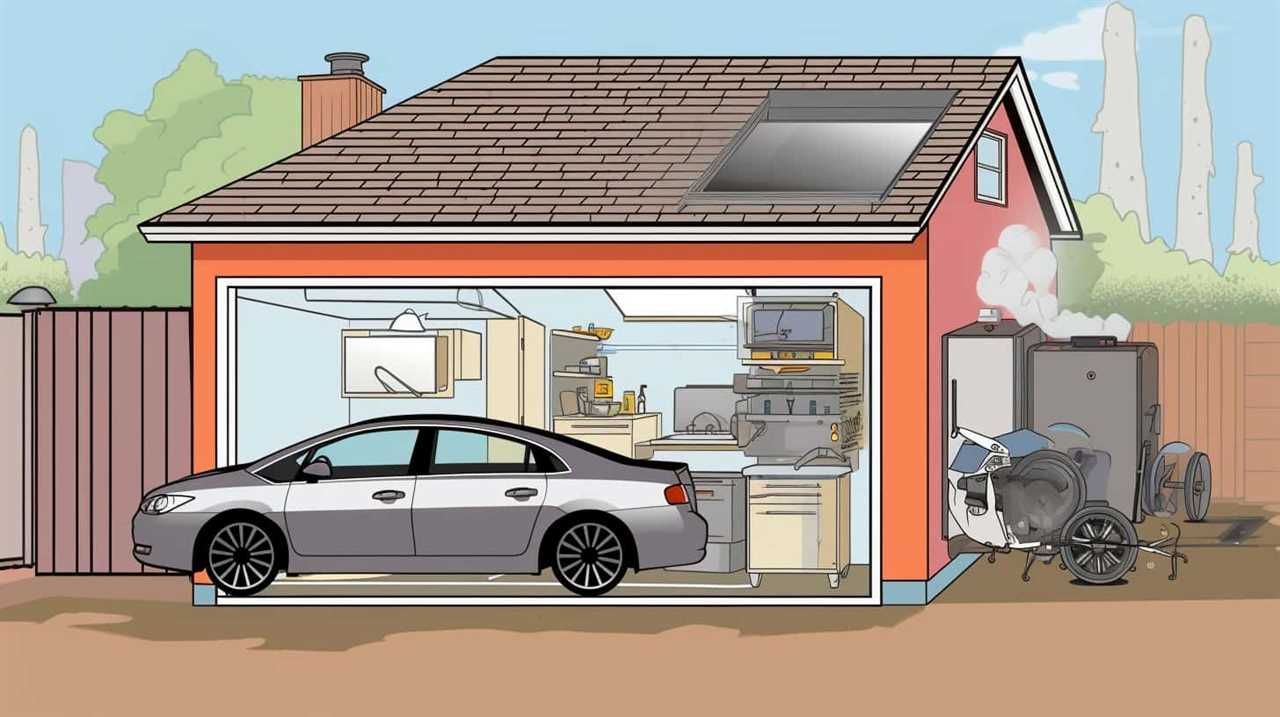
Frequently Asked Questions
Can I Use a 240-Volt Electric Stove in a Regular Household Electrical Outlet?
Yes, we can use a 240-volt electric stove in a regular household electrical outlet. However, it is important to follow safety precautions, such as ensuring proper wiring and using the correct circuit breaker, to avoid any potential hazards.
What Are the Advantages of Using a 240-Volt Clothes Dryer Compared to a 120-Volt One?
The advantages of using a 240-volt clothes dryer, compared to a 120-volt one, include faster drying times, increased capacity, and improved energy efficiency. These benefits make it a superior choice for efficient laundry drying.
Are There Any Safety Precautions I Should Take When Using a 240-Volt Water Heater?
When using a 240-volt water heater, it is essential to take safety precautions. Proper grounding and insulation are crucial to prevent electrical shocks. Regular maintenance and monitoring of the heater’s condition are also recommended.
How Does a 240-Volt Air Conditioner Differ From a Regular 120-Volt One in Terms of Cooling Capacity?
A 240-volt air conditioner differs from a regular 120-volt one in terms of cooling capacity. The higher voltage allows for increased power and efficiency, resulting in a larger area being cooled more effectively.

What Are the Key Features to Consider When Selecting a 240-Volt Electric Vehicle Charger for My Home?
When selecting a 240-volt electric vehicle charger for our home, key features to consider are charging speed, compatibility with our vehicle, safety features, and installation requirements. It’s important to choose wisely.
Conclusion
In conclusion, when it comes to appliances that use 240 volts, the list is extensive.
From electric stoves and clothes dryers to water heaters and air conditioners, these power-hungry devices aren’t to be underestimated.
And let’s not forget about electric vehicle chargers, welding equipment, commercial kitchen appliances, and industrial machinery.
These heavy-duty appliances demand the full force of 240 volts to perform their tasks with precision and efficiency.
So, if you ever need to handle these powerhouses, make sure you’re prepared for the electrifying experience!
